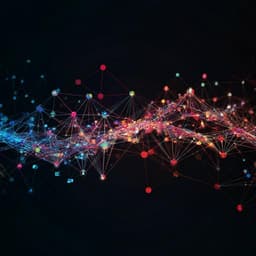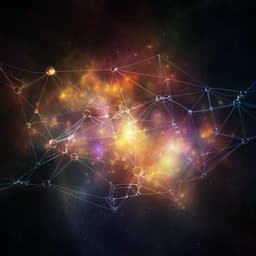
Physics
Mapping a 50-spin-qubit network through correlated sensing
G. L. V. D. Stolpe, D. P. Kwiatkowski, et al.
Discover how a team of innovative researchers, including G. L. van de Stolpe and D. P. Kwiatkowski, have advanced the understanding of optically interfaced spin qubits. Their groundbreaking work leverages a single nitrogen-vacancy center in diamond to map a 50-coupled-spin network, paving the way for future quantum simulations and nano-scale imaging.
Playback language: English
Related Publications
Explore these studies to deepen your understanding of the subject.







